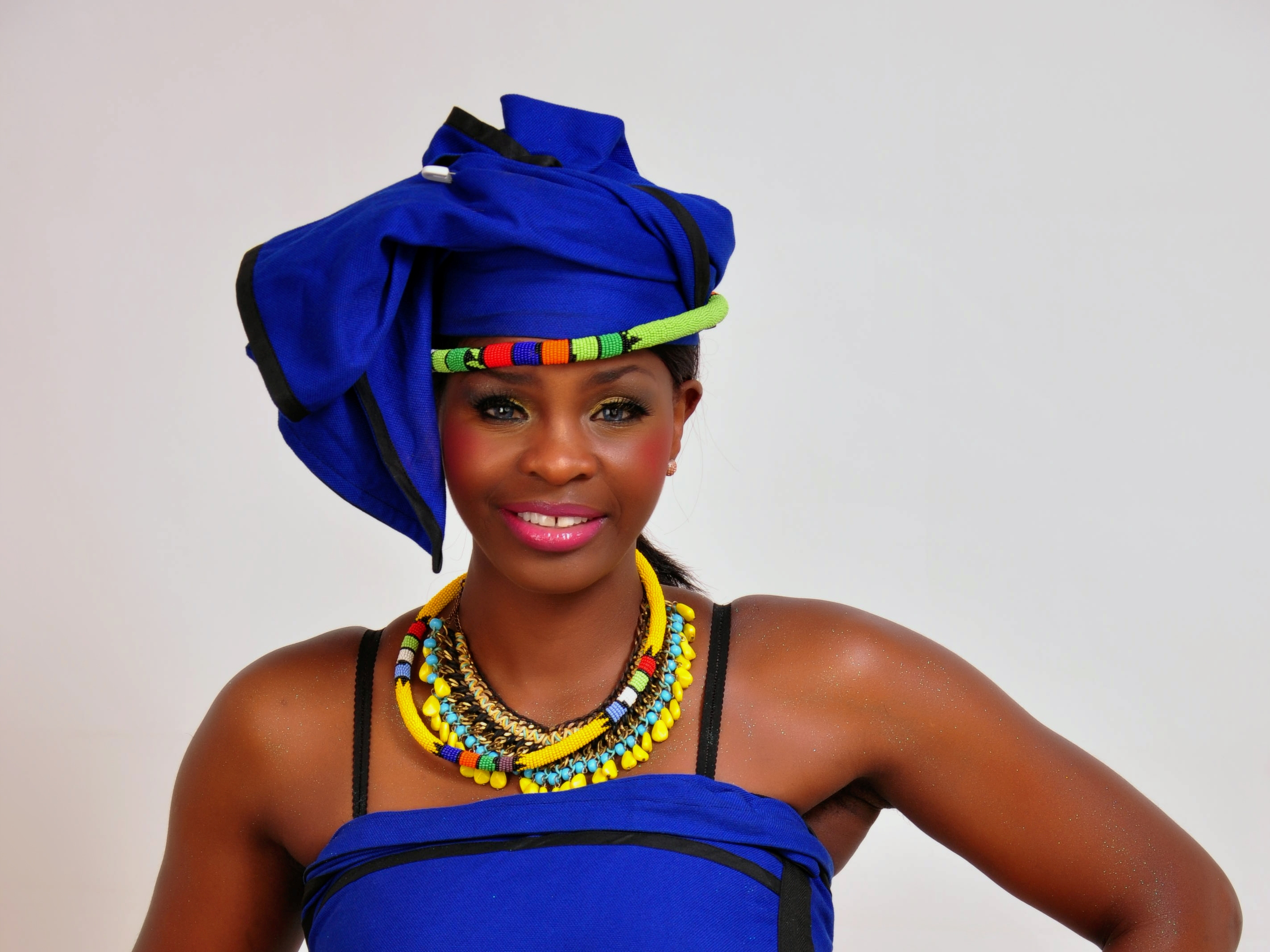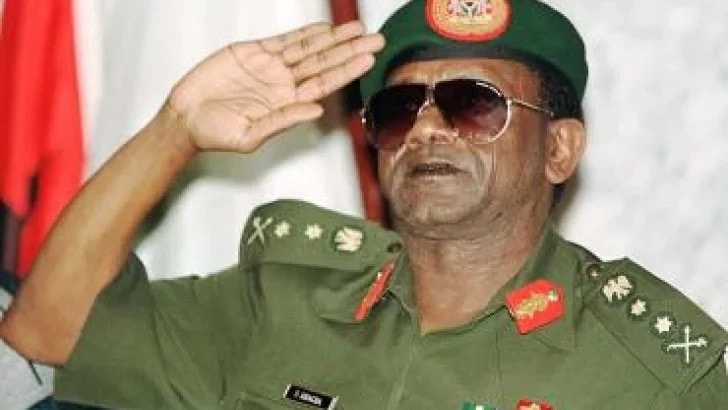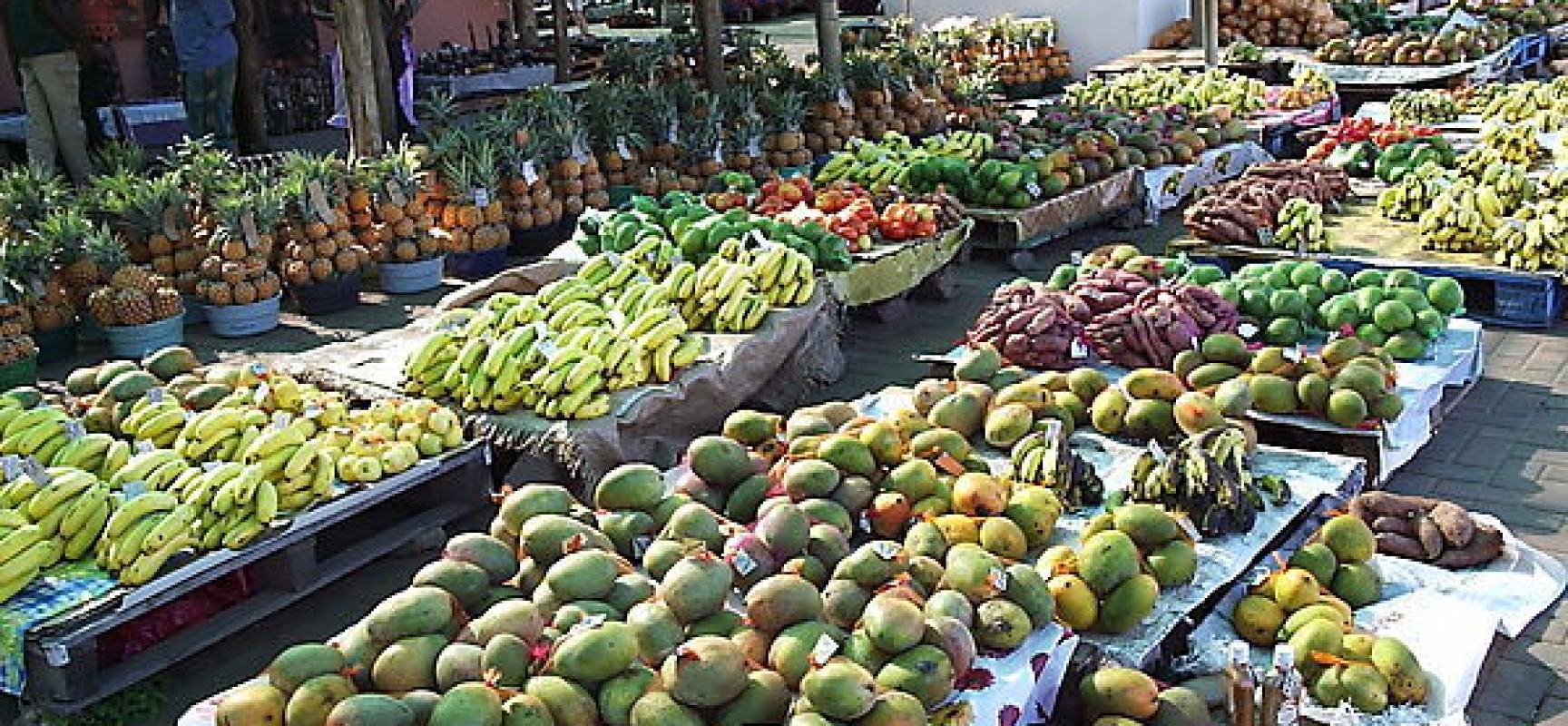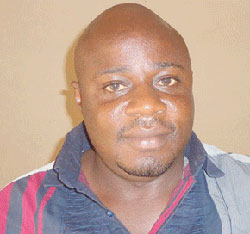A factual account of Lejja’s past and present
Ancient Lejja was populated by wealthy farmers and palm-wine tappers, great speakers and counselors, customary judges and advocates, herbal healers and fortune-tellers, wrestlers and entertainers, cloth weavers and painters, blacksmiths and carpenters. Stories of our ancestors’ customs and traditions – and of those who excelled in their chosen vocations – were passed from generation to generation by word of mouth and folklore. In truth, little was recorded about the origins of most African communities until the coming of Europeans less than 170 years ago. Oral accounts get distorted with time, but there is scientific evidence to prove the accuracy of long-held narratives about the origins of ancient tribes and kingdoms.
Pre-independence scholars have since challenged the white racists’ notion that Africa had no history and that Africans were subhuman beings. The false image was reinforced by writers like Joseph Conrad whose 1899 novel Heart of Darkness inspired Chinua Achebe to write his first and most famous novel. Things Fall Apart tells the story of Igbo society in the 19th century and dispels the racists’ claim that our ancestors were savages. Many Ndi Lejja, like other Ndigbo, have seen their ancestors in the characters in Things Fall Apart.
Nigeria didn’t exist before 1914. And when the white colonialists came about 50 years earlier, there was no clear demarcation of territories belonging to Igbo, Yoruba, Hausa, Igbira or Ijaw tribes. What existed were communities such as Lejja, Ukehe or Udi. Land wasn’t a valuable asset then as it is now, and people easily welcomed strangers to live in their neighbourhood.
What is certain is that these communities were named after their founders. And our ancestors were, in the Stone Age, mostly wanderers in search of greener pasture. They travelled far to gather fruits or hunt animals for food. Later generations sought fertile soil for farming, markets for their wares or a place of refuge from communal wars. Some fled their original homes and settled in their maternal homes or just in a “new world” for a new experience.
The originator
Like other towns, therefore, Lejja got its name from the man who founded it: Lejja Ugwoke who migrated from Abbi in present-day Uzo-Uwani LGA of Enugu State. His wife was Ugwunye, and that’s why the town is called “Lejja Ugwoke Ugwunye”. In a patrilineal society, ancestry is traced only to the males. But where did Lejja’s founder find his wife Ugwunye? Did they come to this area together?
We cannot pinpoint when Lejja was founded, but by relying on archaeological evidence, family trees and other verifiable facts, we can make intelligent guesses: Lejja Ugwoke could have lived 500 – 600 years ago. One proof: A child born in 2020 can trace his lineage to no more than 12 generations before reaching the founder of his village. Between Umuefi village’s father (Ezeoji) and Lejja Ugwoke, for example, there were likely no more than six generations. Another proof is the recorded history of other Igbo towns. Nri which claims to be the first Igbo town traces its birth date to the ninth century. Onitsha was founded exactly 500 years ago when Chima led his kindred from Benin to settle on the other side of River Niger.
That Lejja’s founder’s name has remained within living memory is evidence that our community was not organized into quarters and villages millennia ago. Our ancestors were constantly on the move – and that’s the story of every other community. Most towns in Nsukka cultural zone share ancestry with the Igala and Idoma, for instance. In Nrobo, Uzo-Uwani, there is a lineage known as Umuogori Inyinyi whose ancestor left Amukwa quarter of Ugwu-Dunoka (Lejja) because of paucity of raw materials used in smelting especially hard wood. Egede, Affah and Nike — apart from Abbi — are said to be related to Lejja. While Abbi, Lejja and a part of Obimo were linked to Ugwoke, the other three were linked to Ugwunye.
Perhaps Lejja is older than we think. Its history supported by scientific proofs suggests that humans lived and worked at iron smelting sites on our land over 4,000 years ago. Through carbon-dating, researchers from the departments of Archaelogy and History, University of Nigeria, and the Department of Archaelogy, University of Dar es Salaam, Tanzania, found in 2006 that iron-smelting was practised on a large scale at Otobo-Ugwu as far back as 2000 BC. If proven beyond reasonable doubts, this claim contradicts that of Nri that it’s the birthplace of the Igbo race; it also invalidates the Diffusionist Theory on the origin of iron smelting in Africa.
Or is it that some people had lived on this land before Lejja Ugwoke’s arrival? Did they disappear or move to another location?
A common ancestry?
As the story goes, Lejja had three sons — Ejuona, Uwani and Akaibute – who represent the three quarters of Lejja. Each of them had sons who also moved to create what we know as villages. There are 33 villages in Lejja.
All of them could not have shared a common ancestry. But what does it matter? We’re all members of the human race.
Facts indicate that some of these villages were at a time populated by migrants who “naturalized” and rightly claimed the villages as their own. Indeed, some villages were formed by people who came from other towns long after Lejja Ugwoke had died. And this accounts for the emergence of two categories of Oha, the male council of elders, known as Esato (eight villages)and Itegina (nine villages).
The separate histories of Lejja’s 33 villages — from Amube to Ebara, from Dunoka to Umuefi, and from Okochogu to Umuorogbogu and Obukpa – show the same pattern: families and clans whose ancestors migrated from far and near communities including Obimo, Igbo-Uwenu, Igbo-Etiti and Nkanu at different times. Just as some Lejja villages lost their sons who migrated to their mothers’ original towns or a completely new environment. For instance, Amelu is linked to Edem, Umuoda is linked to Igala, Amankwo is linked to Ogwuoda in Ozalla. That likely explains why there is no single arua (staff of office held by the eldest male) in Lejja as a community. Even Eze Lejja holds the arua of Dunoka alone. Is this a pointer to Lejja being a confederate community?
Each village owns arua, the symbol of common descent. But “common ancestry”, as we have shown, may not be biologically accurate and is presently denigrated. At least, child adoption existed in the distant past, as it still does.
Traditional leadership
Politics and governance are visible in traditional Lejja. At Otobo-Ugwu, the three ogilishi (ojirioshi) represent the founding father of each of the three quarters (Ejuona, Uwani and Akaibute). The onyishi (eldest man) of each village represents his village in the town council (Oha Lejja). Women have an equivalent of the Oha but qualify for their positions by taking titles relating to the mother deity Adada. These women are known as Umuada Oha and are different from all other women, as they are part of the structure used in keeping the traditional calendar and keeping track of festivals.
Lejja presents a model of government where the minorities (construed from their numerical strength) wield enormous ritual or spiritual powers. For instance, Ebara village produces the chief priest of Adada as well as the Idu Diara, the premier Omaba of Lejja; Amaebo Attama serves as the chief priest of Ugwu Amashi and the chief priest of Omaba Ugwu as well; Onu Ani Lejja is located at Agum; Ezenobe is Attama Fijioku.
Even among the villages with large populations, the same applies. For instance, in Dunoka, the Umunwa Ura occupy very strategic positions despite being a minority. Dunoka cannot worship Aboja (their Ndushi ancestor) if Umunwa Ura are not there. They cannot offer sacrifices to Odegwo, their war monument, if the Ekenyi family is not present. Through this arrangement, the tyranny of the majority is put in check.
Rich cultural heritage
The death of Lejja Ugwoke is linked to the founding of Igbo market days [Eke, Orie, Afo and Nkwo] and masking cultures. The latter claim is supported by the layout of the central traditional village square, Otobo-Ugwu Dunoka. The square is divided into four in line with Igbo market days and laced with iron slag block and other monuments.
Lejja is rich in culture. It is the only town in Nsukka zone that runs both the Omaba and Odo cults – it is acknowledged as the eldest Omaba town and originator of the institution in the entire Nsukka zone.
Often through the masquerading tradition, our ancestors provided entertainment and relaxation for themselves. They resolved disputes. And they honoured their dead based on sex, social standing and the contribution of the deceased to the economy and overall development of their society.
Some rites are linked to iron smelting.
Traditional religious observances are still strong even with the strong presence of the Christian religion. In fact, a professor from Lejja has, since 2010, returned to traditional worship! He and a few other enlightened folks have been giving support to traditional festivals marked by colourful masquerades such as Okokoro, Ujam, Nwadiara, Mburu, and of course Ajoka (or Ugwa) that is less friendly with whips.
Tourism site
For over 40 years, white people and black people have been visiting Otobo-Ugwu, Dunoka, to mine stones and other minerals for research. There were important discoveries in the hilly town. The head of the researchers from UNN, Dr Pamela Eze-Uzomaka, made a presentation to the Enugu State government in 2018, describing the smelting site at Lejja as one of the oldest in the world, which dates back to about 2000 BC.
“This discovery means that Enugu State has one of the oldest iron-smelting sites in the world and this site is being visited by so many countries of the world. I have travelled to some parts of the world, giving lectures about these sites and yet our people do not know about what they have,” she said. The don called for a collaboration of the state government, the National Commission for Museum and Monuments, and the Tourism Board for the protection of the area as a world-recognized tourism site. The state government promised it would look for the best means of protecting it “as a world heritage centre”.
The archaeological findings at Otobo-Ugwu, the beautifully arranged rocks there, the hills, the valleys and other wonders of Lejja point to a future in which the town might become one huge tourism site. Apart from the ancient smelting site, Lejja has terraced hills as testaments to early human occupation and agriculture.
Clash of cultures
Lejja’s contact with the white man and his “civilization” gradually eroded its cultures and traditions. Not only did Christianity and western education take roots, Igbo republicanism got challenged. The only eze (king) known was Eze Lejja, but he is not a monarch and his stool is not contested for. Eze Lejja is the eldest man from the eldest village Dunoka.
About the early 1930s, the white man appointed Lejja’s first warrant chief Ugwu Omeke. Nobody understood what that meant, so much so that Chief Omeke was once asked by Urina Nwamu at a gathering: “Unu bu n’ejekwu onye ocha, o siri ne ula nya bu boshi olee?” [You people who approach the white man, when did he tell you he would go home?] Urina Nwamu was to succeed Omeke as warrant chief. And after his death, his son Asogwaja Nwurina succeeded him. Lejja remained without a chief after Asogwaja’s death in 1976.
The clash of cultures that first occurred with the coming of Christian missionaries to Lejja has now ebbed, obviously because almost all former traditional worshipers have either converted to Christianity or joined their ancestors. All onyishi except two or three are now Christians. Yet, there was no Christian onyishi of any of the 33 villages before 1982 when Augustine Ezeanyi became one at Umuefi.
The Fourth Republic politicians ushered in the idea of “Igwe” or traditional ruler and autonomous communities. A combination of disunity and bad politics has limited Lejja to just two autonomous communities and two Igwe, instead of at least six.
A lot has changed in the town’s culture in the past three decades. The church has altered burial and funeral rites. New rules for marriages have been made. Even the farming culture has changed: farmers no longer cultivate yam, water yam or cocoyam but they cultivate pepper, cucumber and water melon to make money. Black beans are rarely seen now, but cassava is still a favourite food crop.
Efforts are currently being made to abolish all forms of discriminatory practices among our people. Our ancestors’ primitive past – banishment, stigmatization, intra- and inter-communal wars, slavery, human sacrifice, killing of twins, domination of the weak and the poor, oppression of the minority etc. – mirrors the relatively “civilized” current era. The evils are now being perpetrated in “modern” but more devious ways. Criminal gangs, secret cults and traitors were punished by the ancients; at present, ritual killers, fraudsters and hemp smokers have no place of honour in Lejja. Even public servants are discouraged from engaging in any act of corruption.
Evidence of government neglect
A lack of social amenities has been an impediment to Lejja’s advancement, however. When, in 1948, Aku people wanted to construct a road leading to Nsukka through Lejja, they tried to avoid Egba-Ugwu, the hill between both towns, by going through Amaegu (in Akaibute Lejja). Our people blocked the road by cultivating cassava and beans in the area, because they wanted the road to pass through the centre of Lejja. And with hoes, axes and cutlasses, Lejja made a major road from Egba-Ugwu Aku through Lejja to Ede-Oballa and Nsukka, a stretch of about 12km. Since 1948, that road has remained un-tarred, buffeted left and right by erosion.
As Enugu State governor Ifeanyi Ugwuanyi confessed during his visit on February 15, 2018, “Lejja is marginalized”. Politicians have promised to asphalt the road since the First Republic. Perhaps, construction of the road was one of the ghost contracts through which several military regimes diverted huge funds to private pockets.
Less than a year ago, a little help came from unexpected quarters: A son of Aku, Sam Ekwueme, attracted a feeder road from the Federal Ministry of Agriculture. About 5km of the road starting from Aku is on Lejja soil. But it’s just a feeder road with doubtful lifespan – it may not survive three rainy seasons.
Water used to be Lejja’s giant headache. Adada river passed through the tip of Lejja and was not accessible to most people. In dry seasons, our people used to fetch water with clay pots, calabashes (and later plastic gallons) from streams and springs in nearby towns, especially Obimo, Nsukka, Ohodo, and Ugwu-Idikiyi at the Ede-Oballa side of Elue. So, when the first borehole was sunk in 1977, there was joy throughout Lejja. The water was not piped, however, until reservoirs were constructed in 1981. That first borehole has since packed up. But, in the past two decades, Lejja residents have learned to conserve water in wells and tanks at home.
The first electric poles seen in Lejja were those that passed through the town to Aku in 1976. Only in the last 20 years did Lejja people begin to use electricity after it was stepped down from high-tension cables with transformers. At least 50% of the town is still without electricity, inadequate as the supply is.
Pioneer elite
Members of the pioneer elite were born within the first four decades of the 20th century. The oldest Lejjan today, Bartholomew Nwasogwa, aged about 107 years, was a school teacher as far back as the 1930s. He was also among the earliest converts to Christianity and the earliest school goers long before the first school cum church was built in Lejja in 1933; before then, the pupils trekked to Aku or Nsukka.
The story is not all doom and gloom, nonetheless. Inspired by the pioneers, more Lejja sons and daughters embraced western education. A new building made of brick walls and aluminum roof, which served as St. Raphael’s Catholic Church and Central School, was built around 1951.
By the 1940s, some Lejjans had passed out of secondary schools and teacher training colleges, thanks to communal efforts as reflected on scholarship schemes as well as the magnanimity of benefactors. Extremely brilliant pupils like Emmanuel U. Madu brought respect to Lejja by always taking the first position at regional examinations. This era produced teachers such as James Ogota, Crescent Diugwu, David Ugwuta, Nathaniel Omeh and Hyacinth Eze who instilled good morals in the young. Some worked pro bono as catechists and catechism teachers, in addition to their primary teaching jobs.
The new public servants helped to reduce rural poverty. Soon, thatch huts started giving way to bungalows with brick walls and corrugated aluminum or iron roofs. Some teachers went for higher education and graduated in record time.
Lejja has often depended on self-help because it has little government presence. When its sons were in government, they were not selfish like today’s politicians who see governance as an opportunity to enrich themselves and their villages. Accordingly, young people at home and abroad still return to their villages to rehabilitate roads usually on the last Saturday of every October. Communities contribute money to buy electric cables and repair transformers. Levies are collected to maintain schools and churches.
Hall of Fame trailblazers
Lejja youth and elite have decided to honour four of the town’s iconic sons on October 23, 2021, by inducting them into the Lejja Hall of Fame. This quest has prompted an inquiry into the past and an interrogation of the future.
The story to be told begins in 1956 when our first Catholic priest was ordained: Rev. Fr Raphael U. Eze. The first graduate from a conventional university followed in 1964: Sylvester C. Madubuattah. The first successful partisan politician brought Lejja to the limelight in the 1970s: Cletus U. Opata, who also attracted the first secondary school to Lejja in 1977, and its upgrade to Federal Government Girls’ College in 1993. And, in 1990, the first bishop of Nsukka Catholic Diocese was a Lejja son: Rev. Dr Francis Okobo.
The four represent Lejja’s heroes and great minds, living or dead. Today, Lejja boasts over a dozen Catholic priests and reverend sisters, PhD holders in several fields of learning, a few professors, and scores of other professionals working in all corners of the globe. The future of Lejja looks even brighter.
— By the LEJJA HALL OF FAME, October 23, 2021











